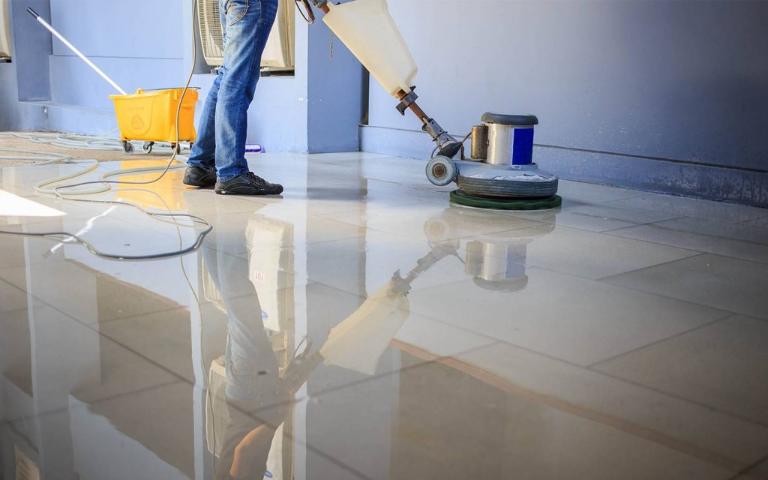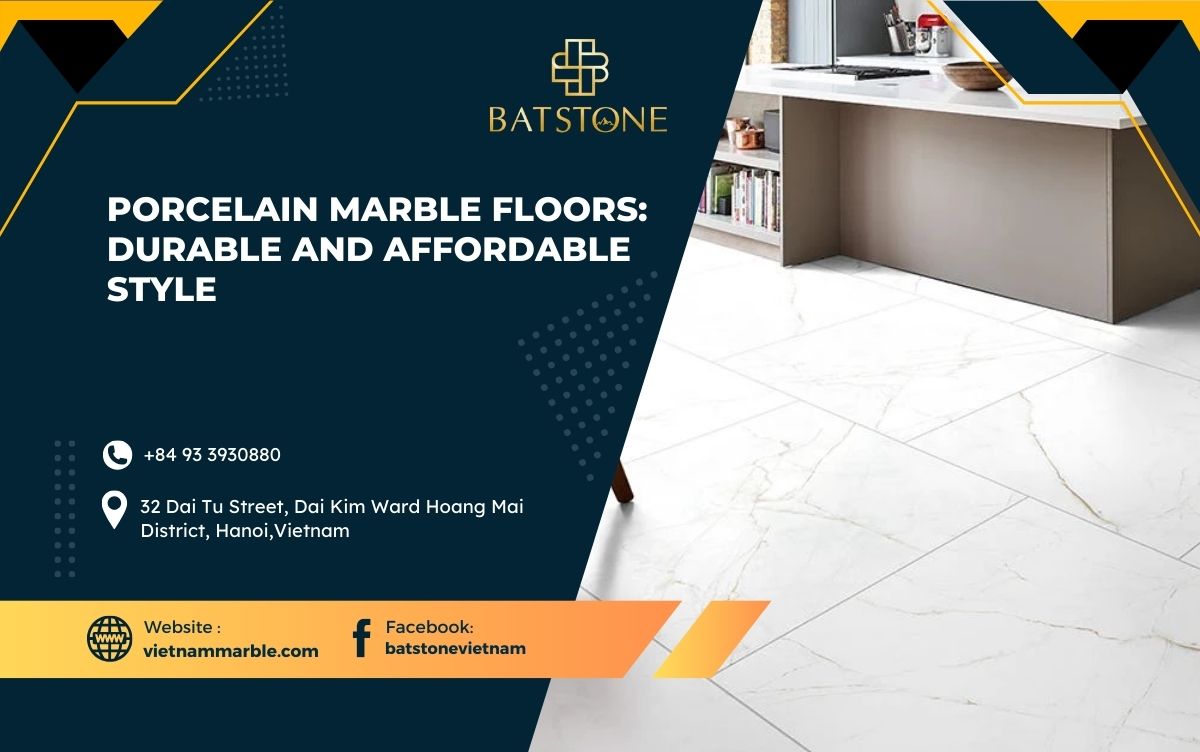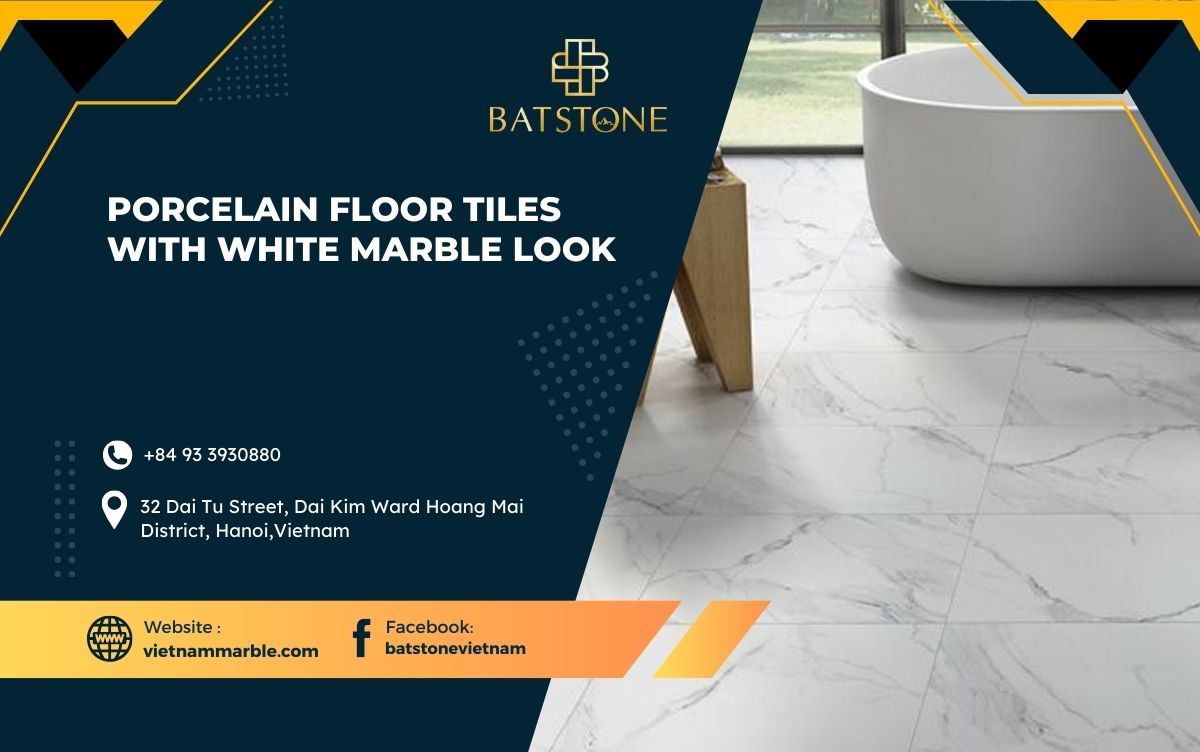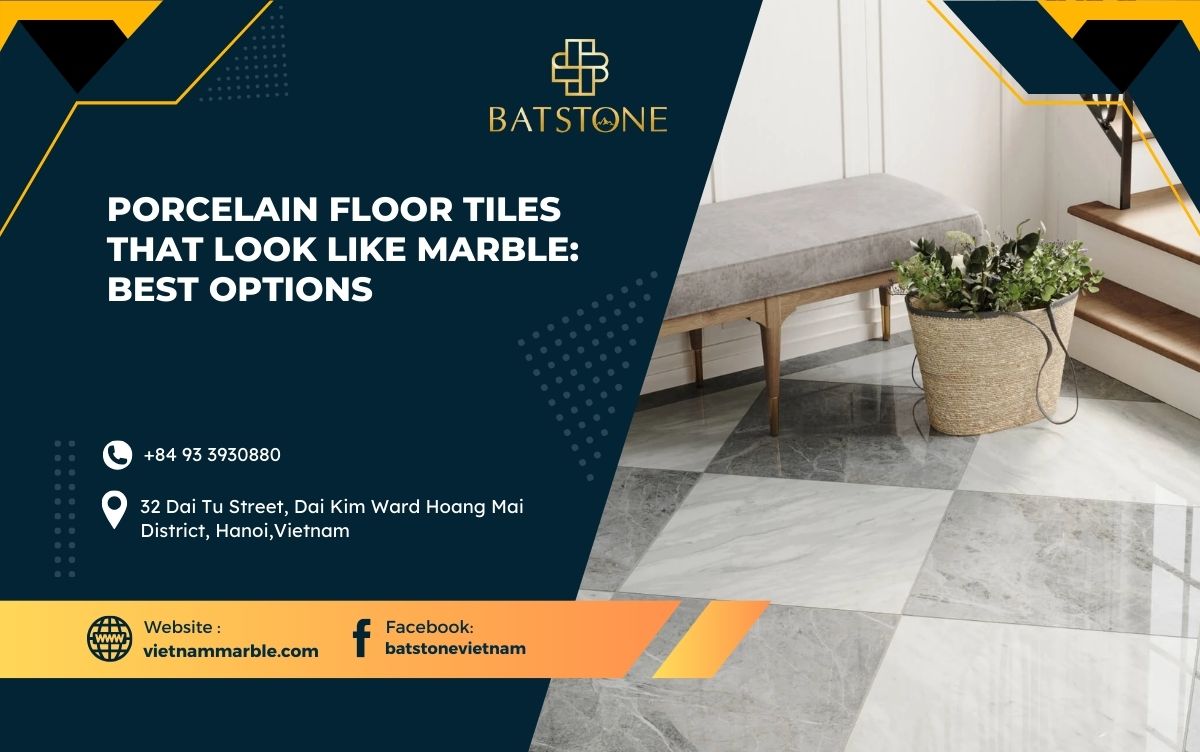Choosing between granite and marble for flooring can be daunting, given each material’s unique characteristics and benefits. Here’s a comprehensive guide to help you decide, courtesy of VietnamMarble.
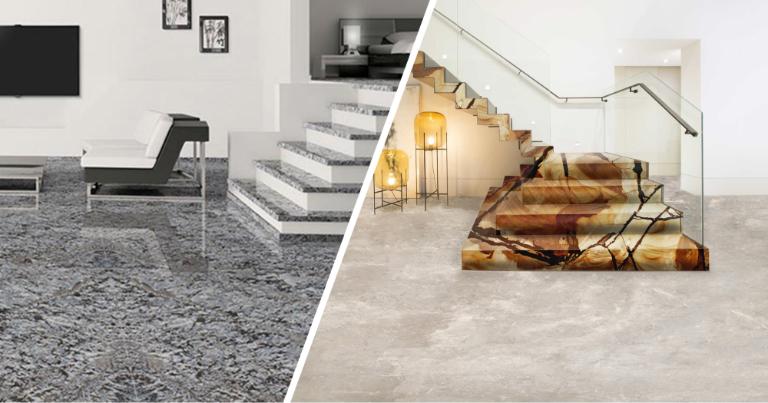
Table of Contents
Toggle1. Introduction to Granite and Marble Flooring
Granite and marble are two of the most popular natural stone flooring choices. Both materials are known for their durability and aesthetic appeal, but they have distinct differences that make one more suitable for your needs than the other.
Brief Overview of Granite and Marble
- Granite: A hard, granular rock formed from the slow cooling of magma deep within the Earth’s crust. It is highly durable and resistant to scratches and stains, making it a favorite for high-traffic areas.
- Marble: A metamorphic rock derived from limestone or dolostone, subjected to intense heat and pressure. It is renowned for its luxurious appearance, featuring intricate veining and a smooth, polished surface.
Importance of Choosing the Right Flooring Material
Selecting the right flooring material is crucial for both the aesthetic and functional aspects of your home. The right choice can enhance the beauty of your space, improve its durability, and even affect the resale value of your property. Here’s a detailed comparison to help you make an informed decision.
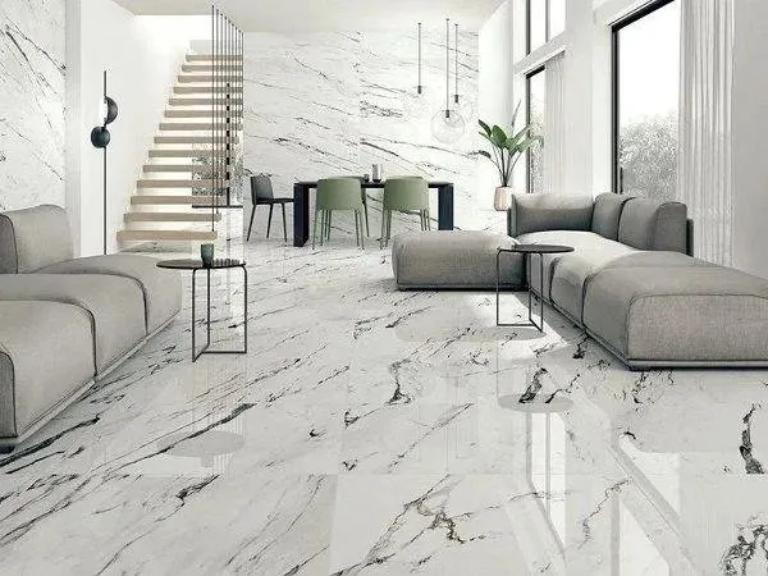
2. Durability and Maintenance of Granite and Marble
Granite
- Durability: Granite is highly resistant to scratches, chips, and stains. It scores higher on the Mohs scale of mineral hardness, making it ideal for high-use areas like kitchen countertops and hallways.
- Maintenance: Granite requires minimal maintenance. It needs to be sealed every 2-5 years, depending on the level of traffic and usage. Daily cleaning involves just a soft cloth and a mild detergent, and it can tolerate slightly harsher cleaning agents than marble.
- Resistance to Stains: Granite is more resistant to the acids found in foods, which makes it less prone to staining compared to marble. This characteristic makes granite a practical choice for kitchens and other areas where spills are common.
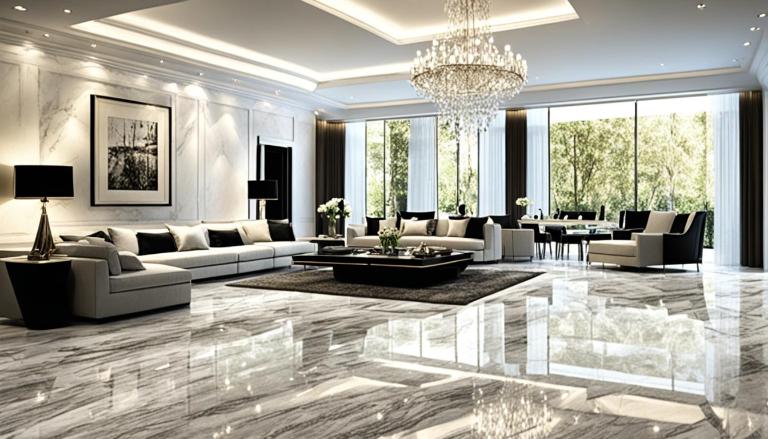
Marble
- Durability: Marble is softer and more prone to scratches, etching, and staining. It is more susceptible to damage from acidic substances like wine and citrus juices. While it can withstand normal wear and tear, it requires more careful handling than granite.
- Maintenance: Marble needs frequent sealing, typically every 6-12 months, to protect its surface from stains. It also requires careful cleaning to avoid etching and staining. Marble’s high porosity makes it more absorbent, and if not sealed properly, stains can be difficult to remove.
- Susceptibility to Stains: Marble’s porous nature makes it highly susceptible to staining. Regular sealing is necessary to maintain its appearance and prevent stains from setting in.
3. Aesthetic Considerations
Granite
- Appearance: Granite offers a wide range of colors and patterns, characterized by its grainy composition which can be fine to coarse. It is available in various shades and can serve as both a subtle backdrop or a standout feature, depending on the choice of color and grain.
- Visual Interest: Granite’s natural look adds visual interest to any space, making it versatile for different decor styles. Its mottled visual texture can complement both classic and contemporary designs.
Marble
- Appearance: Marble is highly prized for its deep, intricate veining and the luminous play of light across its surface, which adds a luxurious feel to interiors. It is available in a range of colors from stark whites and soft beiges to dramatic blacks, but the tones are generally more limited compared to granite.
- Luxurious Feel: Marble’s distinctive swirls and veining give it a classier look, often interpreted as more elegant and sophisticated. It is usually reserved for formal areas where its beauty can be fully appreciated.
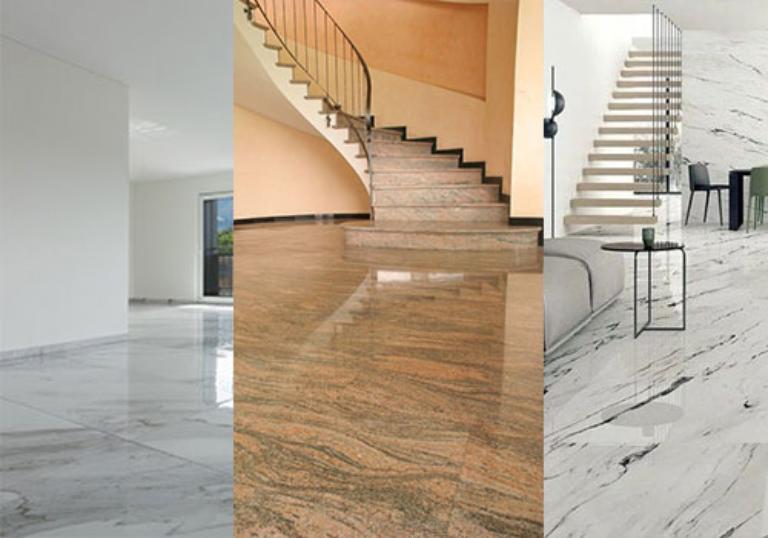
4. Cost Considerations
Granite
- Cost: The cost of granite flooring is moderate to high, ranging from $10 to $40 per square foot installed, depending on the grade, color, and thickness of the stone.
- Value: While granite is more expensive than some other flooring options, its durability and low maintenance make it a valuable investment for long-term use.
Marble
- Cost: Marble flooring is generally more expensive than granite, with prices ranging from $10 to $60 per square foot installed. The cost can vary significantly based on the type (tiles or slabs), grade, color, and thickness of the marble.
- Value: Despite its higher cost, marble adds unparalleled elegance to a space and can significantly enhance the aesthetic value of a home. However, its higher maintenance needs should also be factored into the overall cost.
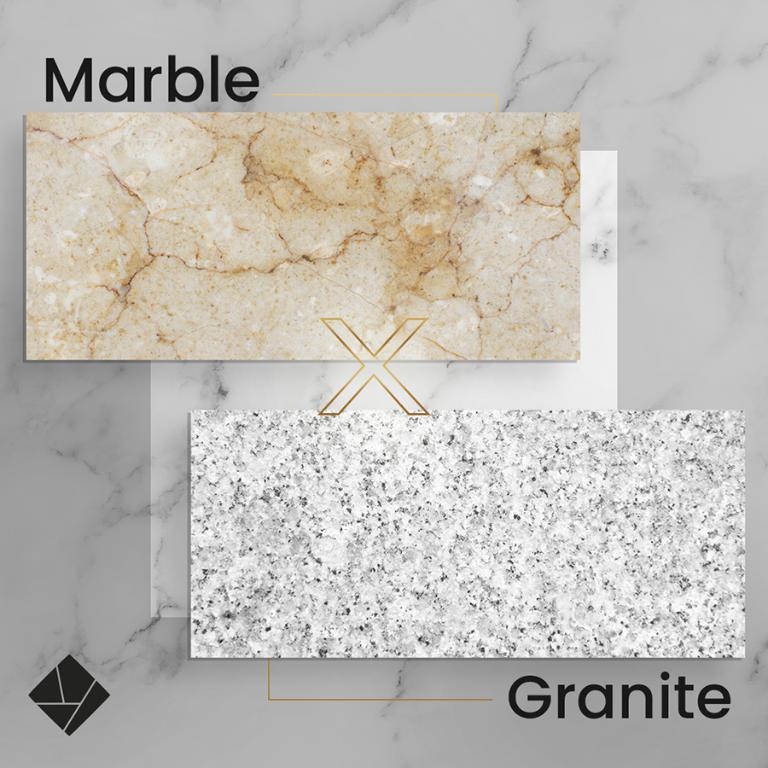
5. Making the Right Choice
Location and Usage
- High-Moisture Environments: For areas like bathrooms and kitchens, granite is often more durable and resistant to moisture and stains.
- High-Traffic Areas: Granite’s durability makes it ideal for frequently used surfaces like hallways and kitchen countertops.
- Formal Areas: Marble can add unparalleled elegance to low-traffic areas like formal dining rooms or living rooms.
Aesthetic Preference
- Luxurious Look: If you desire a luxurious and classical aesthetic, marble could be the perfect fit. However, if you prefer a more versatile and durable option, granite might be better suited.
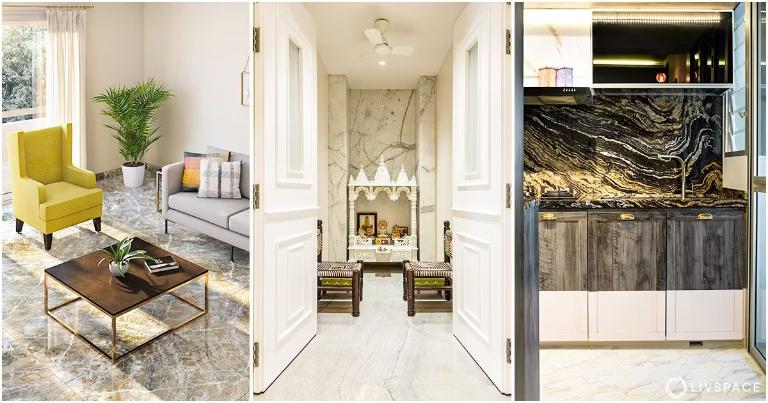
Cost and Long-Term Budget Implications
| Aspect | Granite | Marble |
| Initial Cost | Generally more affordable than marble | Can be more expensive than granite |
| Maintenance Cost | Lower maintenance costs due to less frequent sealing | Higher maintenance costs due to more frequent sealing |
| Polishing and Honing | Requires polishing and honing less frequently | Requires more frequent polishing and honing |
| Long-Term Budget | More cost-effective in the long term due to durability and low maintenance | Higher long-term costs due to higher maintenance needs |
Deciding between granite and marble for flooring depends on your priorities. Granite offers durability and low maintenance, making it a practical choice for high-traffic areas. Marble, on the other hand, provides a luxurious aesthetic but requires more frequent maintenance.
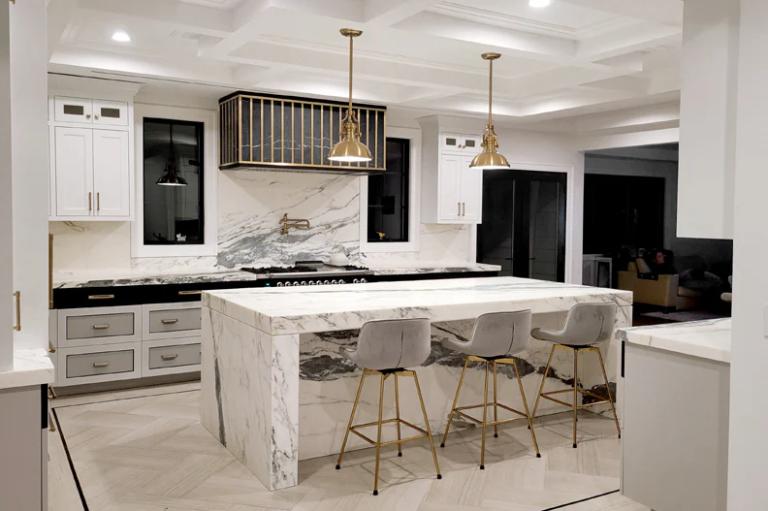
Which is Better for Flooring: Granite or Marble?
When it comes to choosing the perfect flooring for your home, two of the most popular and enduring options are granite and marble. Both of these natural stones offer unique benefits, but they also have distinct differences that can make one more suitable for your needs than the other.
- High-Traffic Areas: For areas like kitchens, hallways, and other high-traffic spaces, granite is often the better choice due to its durability and resistance to scratches and stains. Its ease of maintenance makes it a practical option for busy households.
- Formal Areas: Marble, with its luxurious appearance, is usually reserved for formal areas such as dining rooms or living rooms where it can add an elegant touch. It is best suited for low-traffic areas to maintain its beauty over time.
Both marble and Granite are perfect choices for your home space
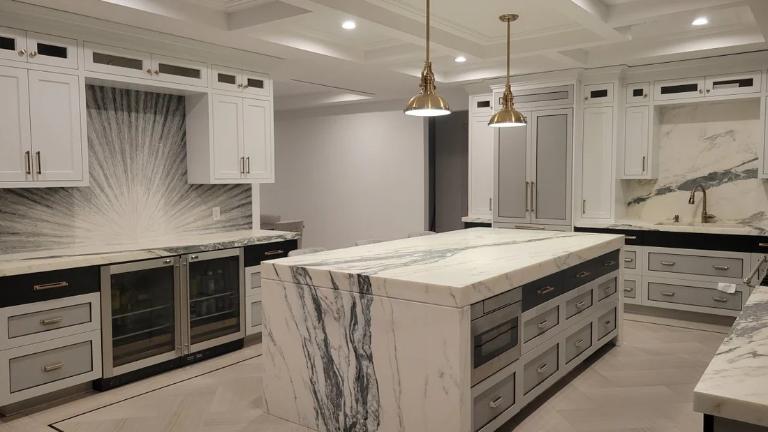
Whether you are leaning towards the durability and practicality of granite or the luxurious elegance of marble, it is crucial to consult with experts who can guide you through the selection and installation process. Contact a professional flooring service today to ensure that your new flooring meets your expectations and enhances the beauty and functionality of your home.

